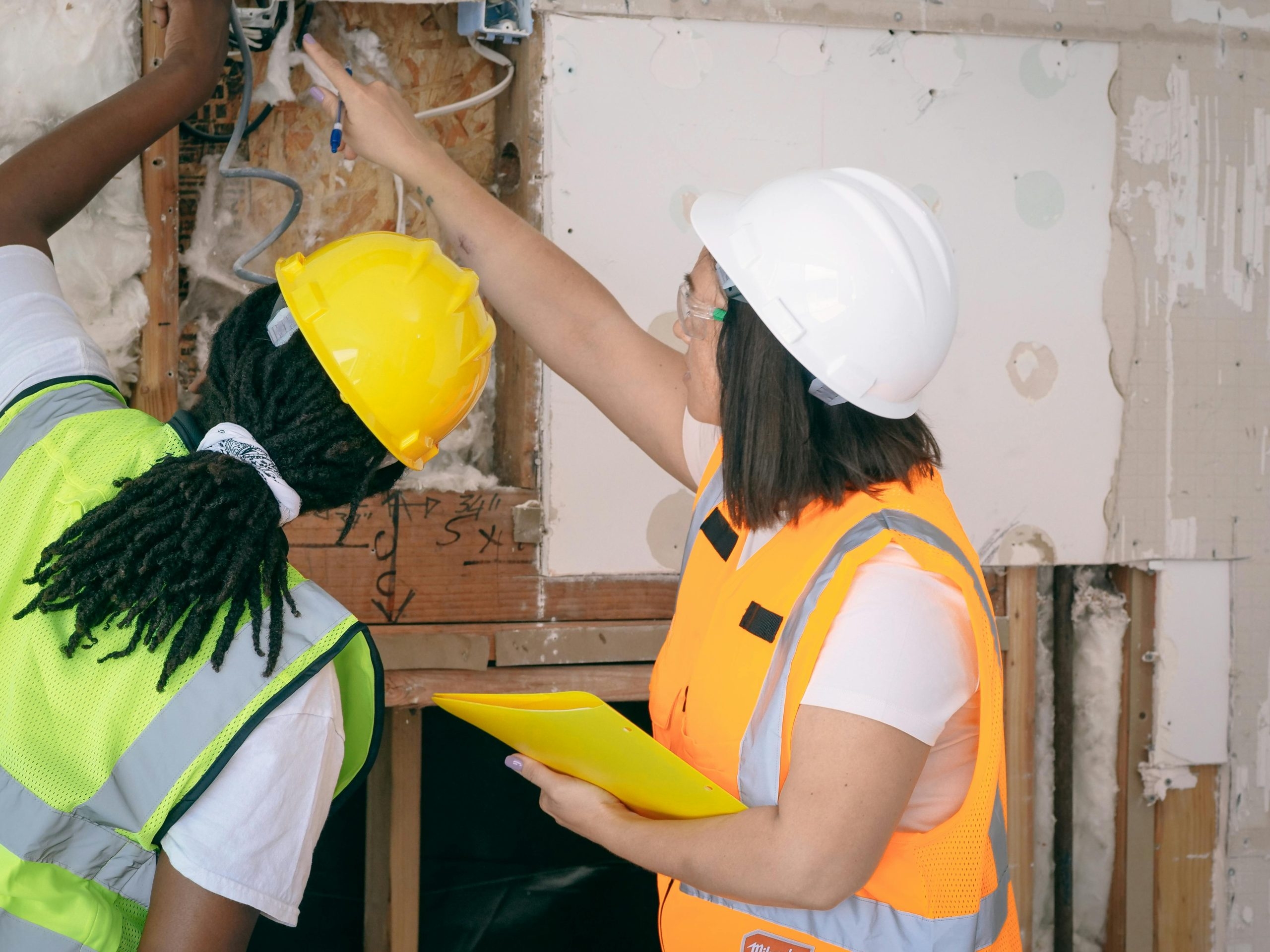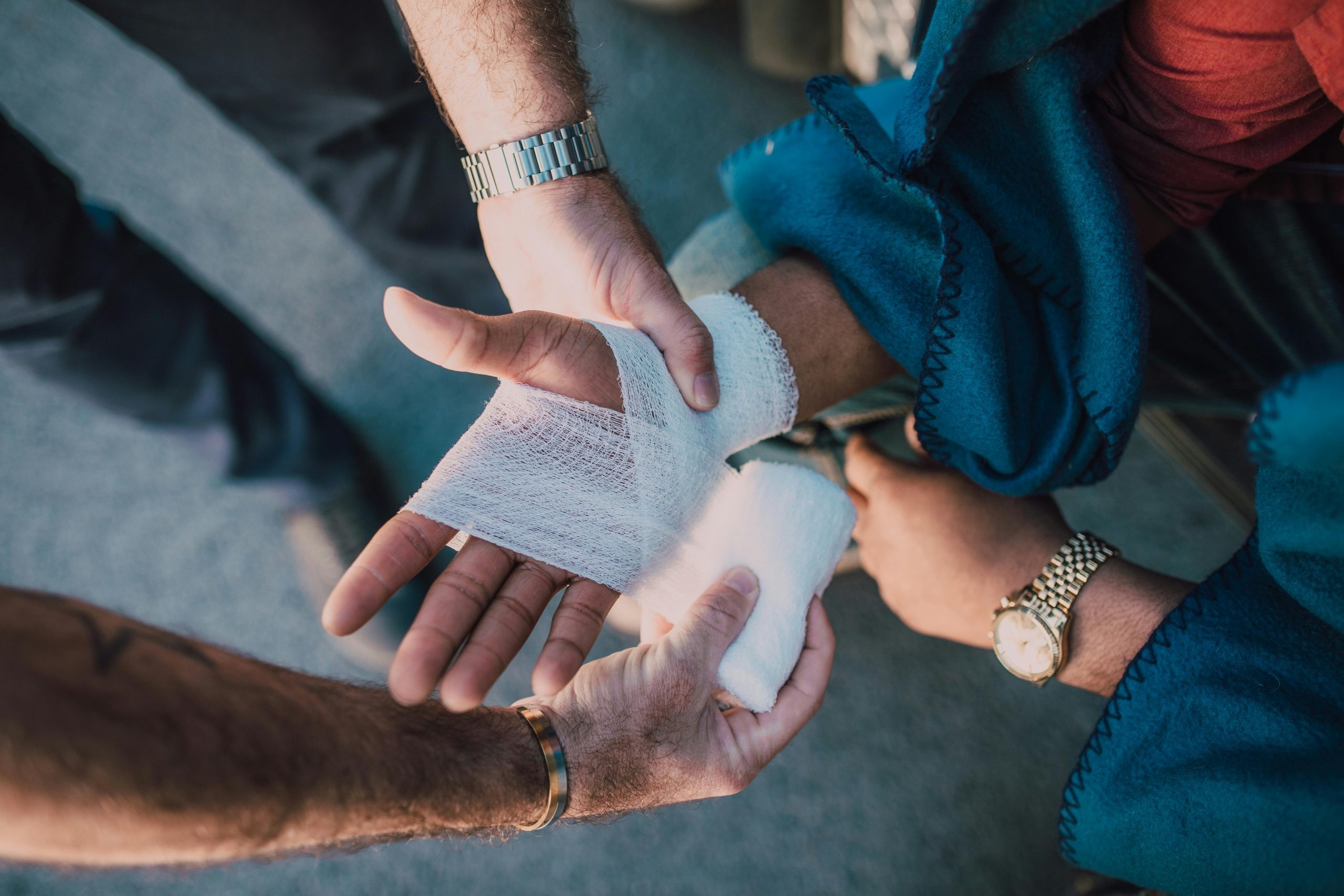Handling cryogenic nitrogen flasks in healthcare settings is essential for a variety of medical applications. While critical to operations, cryogenic nitrogen poses unique hazards that require careful management. This article highlights best practices for safely handling cryogenic nitrogen flasks in the healthcare industry.
Understanding the Hazards
Cryogenic nitrogen exists as a liquefied gas at extremely low temperatures of -196°C, presenting several specific risks. One primary concern is the potential for cold burns and frostbite, which can result from direct contact and cause severe tissue damage. Additionally, asphyxiation is a significant risk, as the rapid vaporization of nitrogen can displace oxygen in enclosed spaces, leading to dangerous conditions.
There are also pressure-related hazards: if containers are improperly vented or sealed, they can explode. Lastly, mishandling heavy flasks can result in physical injuries, including strain or crush injuries. Awareness and proper handling are essential to mitigate these risks.
Legislation and Compliance
Compliance with UK regulations is essential for ensuring the safe handling of cryogenic nitrogen in healthcare settings. Other than general Health and Safety Acts, key legislation includes:
The Pressure Systems Safety Regulations 2000: These regulations apply to any pressurized storage or transfer system containing cryogenic nitrogen. They require regular inspection, maintenance, and safety mechanisms such as pressure relief valves to prevent over-pressurisation and potential explosions.
The Dangerous Substances and Explosive Atmospheres Regulations 2002 (DSEAR): While cryogenic nitrogen is not flammable, DSEAR applies to the handling, storage, and use of gases under pressure, including nitrogen gas, which is stored in high-pressure cylinders. If a cylinder is damaged or exposed to extreme heat, the internal pressure can lead to a rupture or explosion. V While this type of explosion differs from traditional explosions, such as those caused by fire or chemical reactions, it primarily involves a pressurised rupture.
The Control of Substances Hazardous to Health (COSHH) Regulations 2002: COSHH classifies liquid nitrogen as a hazardous substance due to its extreme cold and asphyxiation risks. Employers must conduct risk assessments, provide suitable PPE, and ensure proper storage and handling procedures.
The Confined Spaces Regulations 1997: Handling cryogenic nitrogen in enclosed spaces can lead to oxygen displacement, creating serious health risks. These regulations require specific risk assessments, oxygen monitoring, and emergency procedures to prevent incidents.
Safe Handling Practices
There is no specific guidance from the Health and Safety Executive (HSE) regarding this matter. Consequently, organisations must rely on general safety principles and industry best practices to effectively manage risks associated with cryogenic nitrogen in their operations.
Storage and transport of cryogenic nitrogen require careful consideration. Flasks should be stored in well-ventilated areas to prevent oxygen displacement, which can pose serious hazards. When moving flasks, it is advisable to use specialized trolleys or carts designed for cryogenic containers, ensuring that the flasks are secured upright to avoid tipping or leaks. Additionally, all storage areas must be clearly marked with hazard signs, such as “Cryogenic Hazard” and “Asphyxiation Risk,” to alert personnel to potential dangers.
During handling procedures, pour liquid nitrogen slowly to minimize splashing and rapid vaporization. Utilizing phase separators can help reduce splashes during the transfer process. It is vital never to touch cryogenic nitrogen or any objects that have been cooled by it with bare hands. Containers should never be completely sealed; always allow for pressure relief to prevent dangerous situations.
Ventilation and monitoring play a significant role in safety. Work areas should be equipped with adequate ventilation systems to disperse any nitrogen vapours. Installing oxygen deficiency alarms in both storage and usage areas is essential for monitoring oxygen levels and ensuring a safe atmosphere. Avoid using cryogenic nitrogen in confined spaces unless proper controls are in place to manage the risks associated with oxygen displacement.
Lastly, Personal Protective Equipment (PPE) is the last line of defence. All staff members involved in handling cryogenic nitrogen must wear appropriate gear, including impermeable and insulated cryogenic gloves, safety goggles or face shields to shield the eyes from potential splashes, and long-sleeved, non-absorbent clothing to protect the skin. Closed-toe, sturdy footwear is also essential for safeguarding the feet from spills and impacts.
By adhering to these safe handling practices, the risks associated with cryogenic nitrogen can be significantly mitigated.
Emergency Preparedness for Cryogenic Nitrogen Incidents
In addition to implementing safety measures, effective emergency preparedness is essential when working with cryogenic nitrogen to ensure a swift and safe response to potential incidents.
In the event of cold burns, the first step is to remove any clothing or jewellery that may be in contact with the affected area. It is crucial not to rub the skin; instead, immerse the burn in lukewarm water to alleviate pain and prevent further injury. Immediate medical attention should be sought to address the injury properly.
Asphyxiation risks are a significant concern due to oxygen displacement from nitrogen vapours. If there is a suspected loss of oxygen in the area, evacuate immediately. Before re-entering, it is vital to use portable oxygen monitors to confirm that safe oxygen levels have been restored. If anyone exhibits signs of oxygen deprivation—such as dizziness, confusion, or loss of consciousness—emergency services should be contacted without delay.
In the case of a spill or leak, it is important to isolate the affected area and restrict access to ensure safety. Allow the nitrogen to vaporise naturally in a well-ventilated space; do not attempt to mop up or absorb liquid nitrogen spills, as this can exacerbate the situation.
Last but not least, always follow the safety data sheet (SDS) for cryogenic nitrogen, as it may contain additional precautions or procedures that should be observed. By adhering to these emergency preparedness guidelines, the risks associated with cryogenic nitrogen can be effectively managed, safeguarding both personnel and the environment.
More Information
For more advice please visit Wirehouse Employer Services’ website here or contact us directly at info@wirehouse-es.com or 033 33 215 005.






